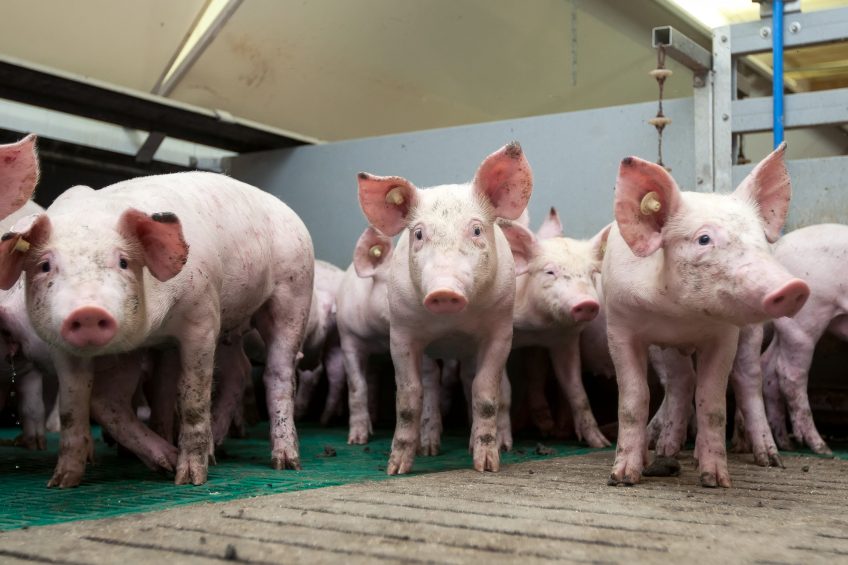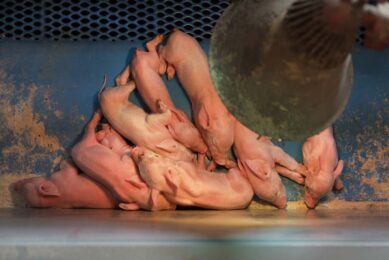The high level zinc oxide ban (I)

High-level zinc oxide usage in post-weaning piglets is under scrutiny in the European Union. What management actions can pig producers take to overcome problems posed by a potential ban? Pig Progress’ expert John Gadd will share a few in his upcoming expert opinions…
As we all know, the post-weaning check to growth has always been a problem. High-level zinc oxide as a protectant for a while immediately post weaning has worked well for many years now as Table 1 shows, taken from some clients’ records. And if scouring occurs the damage is much worse. It is all about establishing gut health, which is dependent on…
1. Effective digestion and absorption of food;
2. Stable intestinal microflora;
3. Effective immune status;
4. A feeling of well-being, i.e. freedom from stress.
I’ll deal with point 4 next time. Meanwhile, suffice to say that stress must affect appetite and digestion as we humans know from time to time. The experts tell us that a full and smoothly working digestive tract is very important to the weaned pig.
Some practical advice
The coming ban has made a re-examination of the post weaning period very important indeed and a perusal of various technical solutions is under way. Here I suggest some things the farmer rather than the scientist can do to provide viable alternatives to not being able to use the high-level zinc approach in future.
I have grown up with the post-weaning check and over the years I have been called out to over 200 cases as a management adviser. By far the most common cause and its solution was the post-weaning diet. In the early days of advice much could be done by altering the raw materials – avoiding soya, including dried skim milk and not being too enthusiastic about protein levels, among other fairly straightforward tactics. Baby pig nutrition is now light years away from these palliatives.
1. Leave post-weaning feeding to the nutritionist
Today it is far too complex both in formulation and ‘manufacturability’ (raw materials) for anyone else to attempt providing post-weaning diets. What the producer can do is to pay the price which this now sophisticated feed demands in order to markedly affect points 1 and 2 above, and from the latest information probably 3 as well.
2. Take advantage of progress in baby pig nutrition
In other words: feed these quite costly feeds as advised and keep the receptacles clean. Yes, they are expensive so avoiding direct wastage is self-evident, but indirect wastage, by stale feed in dirty hoppers and floor-contaminated feed etc., changes a beneficial intestinal microbiota into one which is harmful. The weaned pig is forced to call up immune defences which have an immediate effect on performance, as they plunder nutrients destined for growth and food conversion.
3. Leave it to the vet
Use him/her properly to monitor the disease incidence, especially subclinical which is much less apparent than clinical disease and which gnaws away at performance nevertheless. The vet will need to do periodic tests which are the cornerstone of preventive medicine, so be prepared to pay for the service, which will include the latest vaccination advice. Payback? At least 3:1 on my clients’ farms on a before-and-after basis.
Join 18,000+ subscribers
Subscribe to our newsletter to stay updated about all the need-to-know content in the pigsector, three times a week. Beheer
Beheer










 WP Admin
WP Admin  Bewerk bericht
Bewerk bericht